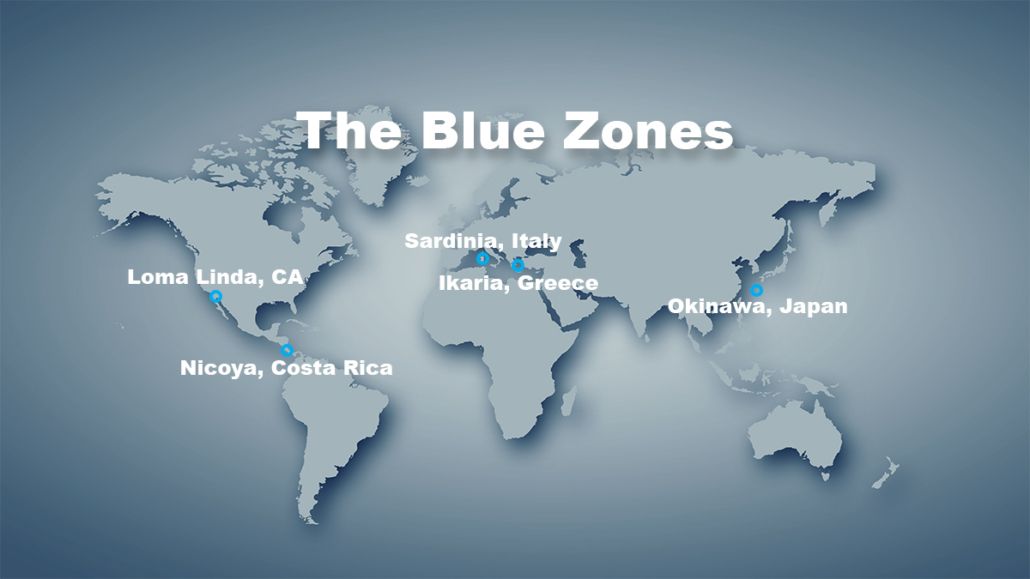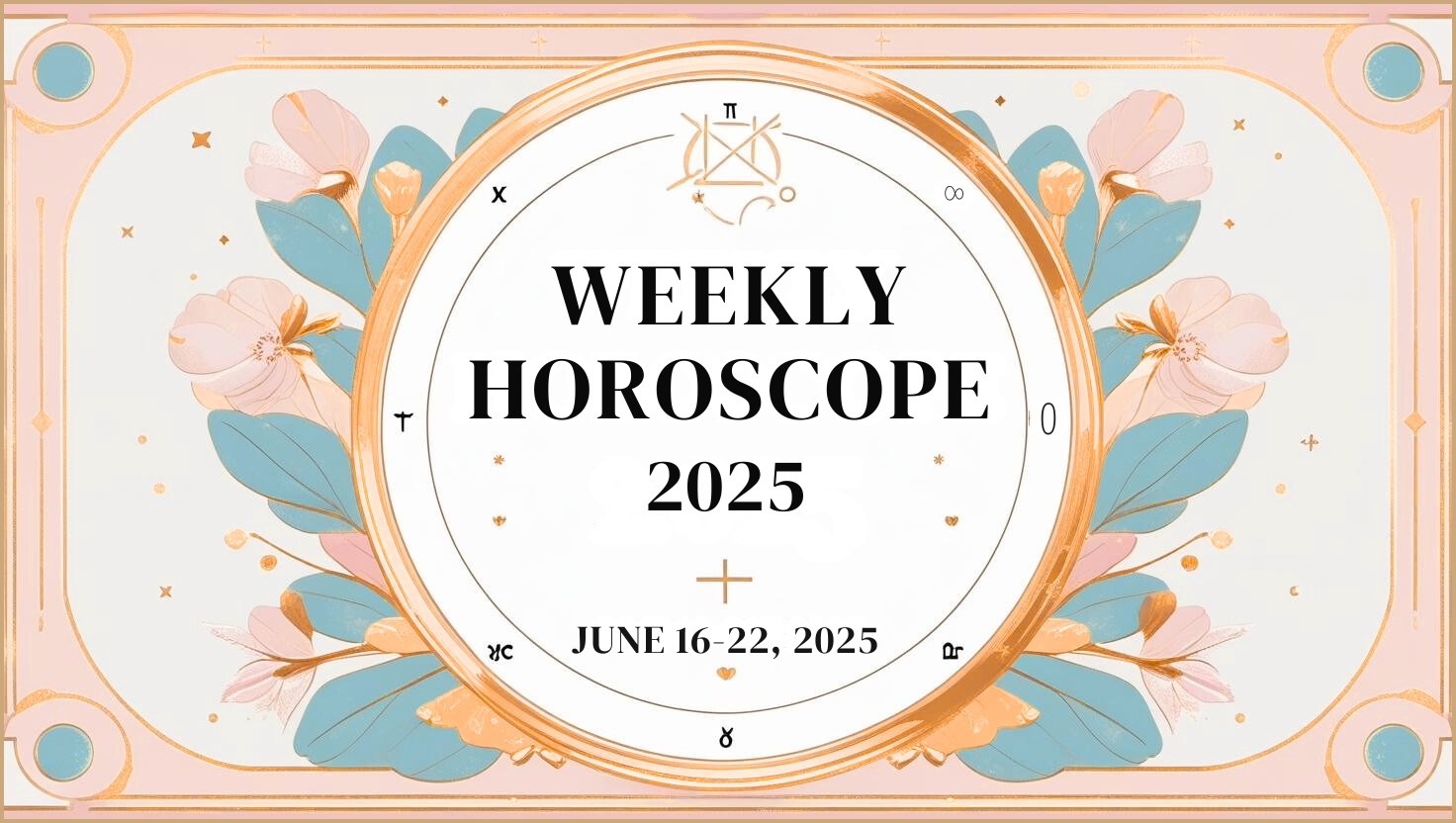Explore the alarming rise of Digital ADHD among youth, uncover its causes, and discover science-backed natural strategies for restoring attention and mental clarity.
The Silent Surge of Digital ADHD
In the ever-glowing light of screens, a new health challenge is emerging silently but rapidly: Digital ADHD. With teens and young adults spending over 7 hours a day on digital devices, attention spans are shrinking, impulse control is weakening, and the ability to stay focused is under threat.
This article dives deep into the growing phenomenon of Digital ADHD, its warning signs, and the natural, holistic approaches parents and educators can adopt to support the youth.
What is Digital ADHD?
Digital ADHD refers to a form of attention deficit increasingly linked to constant digital exposure. Unlike traditional ADHD, which has neurological roots, Digital ADHD is believed to be induced or exacerbated by overstimulation from rapid screen switching, endless notifications, and dopamine-driven digital environments like social media and gaming.
Core Digital Triggers
Dopamine Hijack: Social media, YouTube shorts, and gaming flood the brain with dopamine spikes, creating reward dependency.
Hyperstimulation: Continuous content feeds reduce the brain’s tolerance for slower-paced activities.
Sleep Disruption: Blue light and late-night scrolling disrupt circadian rhythms and reduce cognitive function.
Multitasking Myth: Simultaneous use of multiple apps teaches the brain to switch attention frequently instead of sustaining it.
7 Natural, Science-Backed Fixes for Digital ADHD
1. Digital Dieting
- Screen-Free Zones: Bedrooms and dining tables should be digital-free.
- Tech-Fasting Windows: Introduce 2-hour daily device-free intervals.
- Parental Modeling: Parents must reflect disciplined tech behavior.
2. Nature Therapy
- Green Time > Screen Time: Studies show 30 minutes in nature daily reduces ADHD symptoms and stress.
- Earthing & Sunlight: Natural elements help reset circadian rhythms and reduce digital overstimulation.
3. Brain-Boosting Nutrition
- Omega-3s: Improve focus and cognitive function (e.g., flaxseeds, walnuts, fatty fish).
- Magnesium & B Vitamins: Found in leafy greens, legumes, and whole grains—support nervous system balance.
4. Movement & Breathwork
- Mindful Walking or Yoga: Improves prefrontal cortex activity related to focus and emotional regulation.
- Box Breathing (4-4-4-4): Regulates nervous system, especially before digital use or study time.
- Device Curfew: All screens off 90 minutes before bed.
- Wind-Down Rituals: Herbal teas, journaling, or reading physical books signal rest time to the brain.
6. Purposeful Hobbies
- Offline Joy: Arts, crafts, journaling, or instrument playing engage focus in meaningful ways.
- Flow-State Activities: Encourage projects or games that demand presence and sequential thought.
- Content Filters & Time Limits: Use tools that reduce binge-prone content.
- Mindful Scrolling: Pause between usage, rate your mood before and after screen time.
A Digital Reset for a Focused Future
Digital ADHD is not just a buzzword—it’s a rising health concern that requires urgent lifestyle shifts.
Through consistent natural strategies like tech mindfulness, nutrition, nature immersion, and body-based practices, youth can reclaim their mental clarity and resilience. Instead of fearing technology, let’s teach our young minds to wield it wisely.















